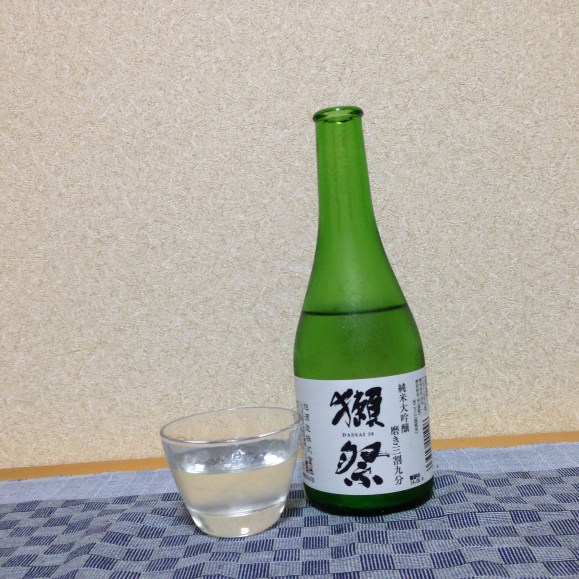
We’re not shattering any illusions when we point out that the hit anime Evangelion is a work of fiction, right? Japan hasn’t built a new capital in the mountains of Kanagawa Prefecture, aliens aren’t attacking the country, and as far as we know, no one’s turned into a puddle of Tang because they couldn’t find a way to deal with their loneliness.
But there is one thing you’ll see in Evangelion that’s 100 percent true to life. The brand of sake hard-drinking character Misato regularly enjoys, Dassai, actually exists, and we recently tried a bottle. Not only that, since one of the many themes Eva deals with is confronting your fears, we decided to pair it with a snack that just might kill us.
The town of Iwakuni, in Yamaguchi Prefecture, has a couple of claims to fame. Aside from being the birthplace of legendary swordsman Sasaki Kojiro, it’s also where you’ll find the picturesque five-arched Kintai Bridge, Iwakuni Castle, and the American Marine Corps Air Station Iwakuni.
The town is also home to Asahi Shuzo, the sake brewer that produces Dassai. Written with the kanji for “otter” and “festival,” Dassai was also the pen name of the 19th century haiku poet Masaoka Shiki. Just as Masaoka was always seeking new ways of conveying emotion through his poetry, so too are Dassai’s brewers constantly trying to improve their craft.
Up until a few years ago, though, Dassai had a relatively low profile in the sake scene. Apparently the Evangelion staff were early fans, though, as they started sneaking it into the anime’s backgrounds in 1995.
Recently, though, Dassai has seen its popularity skyrocket, becoming the top-seller on online regional sake store Jizake.com. In our search for the brew, we talked with the liquor sales staff of several large department stores in Tokyo, who told us their shipments regularly sell out the same day they come in, and recommended would-be buyers show up before their stores actually open if they’re keen to get their hands on some Dassai.
Thankfully, there are two lesser-known places where you have a solid chance to score a bottle. One is at the Dassai Bar 23 next to the Kyobashi subway station in central Tokyo. Dassai is sold by the glass in the dining area, which also serves light Japanese fare, as well as by the bottle in the small attached Dassai Store.
Alternatively, you can try your luck at Oidemase Yamaguchi-kan, a shop near Nihombashi Station that stocks all sorts of products from Yamaguchi Prefecture.
Aside from handicrafts such as Hagiyaki pottery and Yanai goldfish lanterns, Oidemase Yamaguchi-kan carries a lineup of sake from Yamaguchi, and on the day we stopped by they’d just received a shipment of Dassai. Asahi Shuzo makes a few different types of the sake, including carbonated and milky nigorizake versions. While their premium offerings can easily cost more than 20,000 yen for a bottle, we instead chose a reasonably priced 300-mililiter bottle of Dassai 39, which only cost us 1,080 yen (US$10.60), after tax.
Once home, it was time to sample our sake. Asahi Shuzo’s website states that the brewer makes sake not for getting dunk on, but for enjoying the flavor of. As such, it was only appropriate we use a proper sake cup, as its small size would help us slowly sip and savor our drink.
▼ Our proper sake cup, which we bought at the local 100-yen store.
▼ We suppose we could have picked up a nice Hagiyaki cup at the Yamaguchi shop, but we instead chose to blow our extra cash on one of these cute little blowfish bells.
Opening up a bottle of sake is pretty easy and doesn’t require any special tools. Simply use your fingers to peel off the foil, and then pull out or unscrew the top.
The top used for Dassai 39’s bottle is also replaceable, so if you don’t finish it in a single sitting, you can lock in the flavor for another day or two before it starts to deteriorate.
Dassai 39 is clear and non-carbonated, so once you’ve poured it, it’s visually indistinguishable from water. Your nose will tell you a different story, though, as there’s a noticeable alcoholic aroma to it, laced with grapefruit and sharp Muscat notes.
Flavor-wise, this is about as mellow of a sake as you’re likely to find. The current trend among low-volume brewers is sake that’s extremely dry, almost bordering on harsh. But while Dassai has a crisp finish, it also stimulates the tip of the tongue with a definite sweetness, followed by a moment of acidity which quickly fades. With a fairly commanding mouthfeel, this is unmistakably sake, but could also pretty easily appeal to fans of white wine.
Speaking of wine, sake, like its grape-based cousin, tastes best when paired with food. We mentioned above we picked up a ceramic blowfish at Oidemase Yamaguchi-kan, and the reason the shop sells them is because Shimonoseki, another town in Yamaguchi, is famous for its fuku, also known as fugu…also known as the infamous poisonous blowfish that can kill you.
And guess what? Oidemase Yamaguchi-kan also sells fuku, in cans no less. Figuring it’d be the perfect complement to our sake from the same prefecture, we grabbed a 540-yen tin.
▼ At that price, we figured that even if we did die from the stuff, there’d at least be plenty of cash left in our bank account for a pretty awesome funeral.
Inside the cans are chunks of blowfish, floating in a pretty large volume of oil.
▼ Our last meal?
Well, no point waiting any longer. Let’s pour ourselves one more cup, and then do this thing.
▼ Okay, deep breath…
▼ No turning back now
▼ This doesn’t taste like poison…I think.
▼ I hope!
▼ Hey, this isn’t half bad!
Our canned fuku went two for two in the critical categories of “flavor” and “not resulting in painful death.” Despite its scary image, blowfish is surprisingly mild, with a firm texture similar to swordfish and a flavor somewhere between that and tuna.
You may have noticed there’s a pretty large bone running through most of the fuku pieces. It’s actually soft and totally edible.
The canned blowfish has just a touch of saltiness to it, which made for a great combination with the Dassai we sipped between bites.
For about 15 bucks, this is honestly about as much culture, anime appeal, and thrilling danger as you can expect to put on your dining room table.
Shop/restaurant information
Oidemase Yamaguchi-kan / おいでませ山口館
Address: Tokyo-to, Chuo-ku, Nihombashi 2-3-4, Nihombashi Plaza Building 1st floor
東京都中央区日本橋2-3-4日本橋プラザビル1階
Website
Dassai Bar 23
Address: Tokyo-to, Chuo-ku, Kyobashi 3-1, Tokyo Square Garden basement level 1
東京都中央区京橋3-1東京スクエアガーデン B1
Website
Related: Dassai website
Top image: RocketNews24
Insert images: Yahoo! Japan, RocketNews24

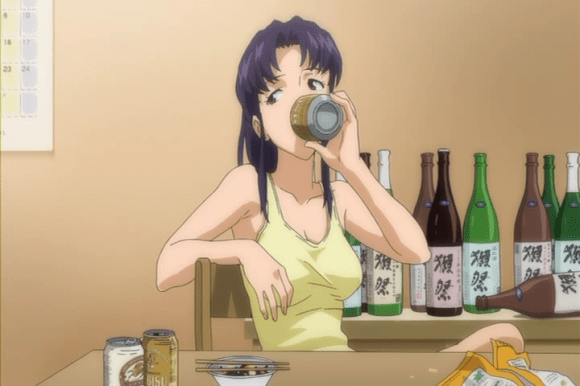
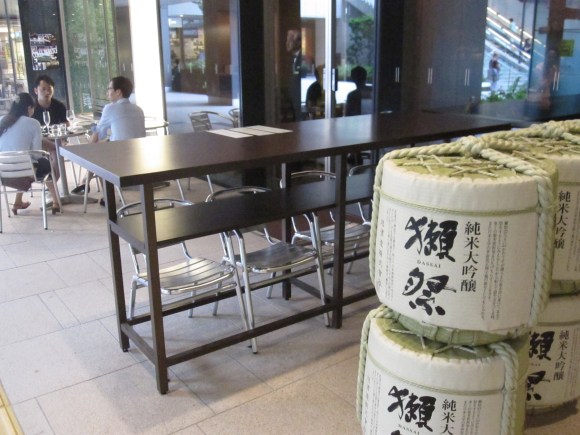
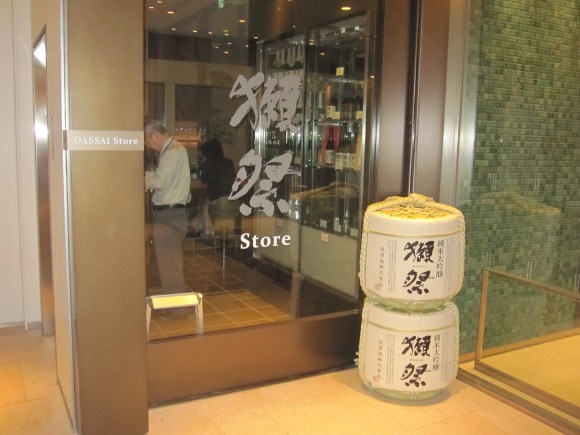
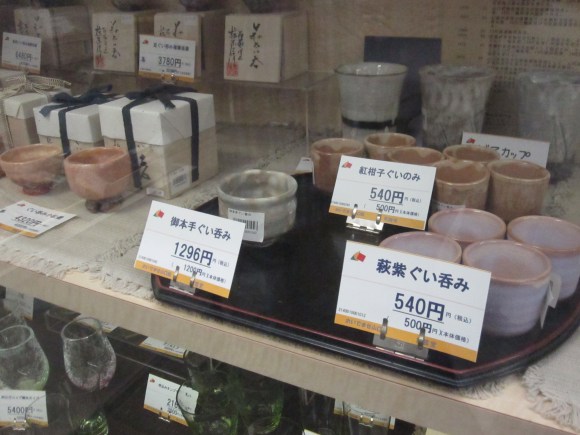
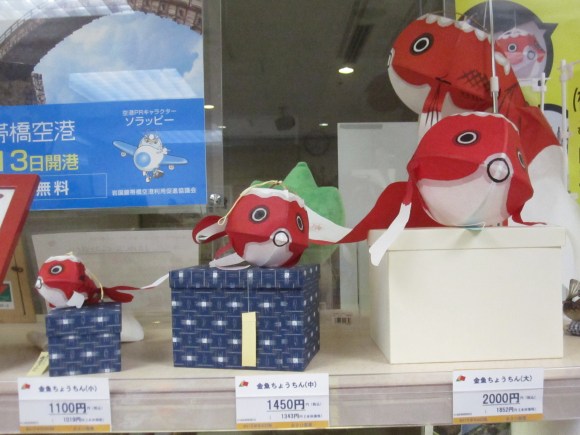

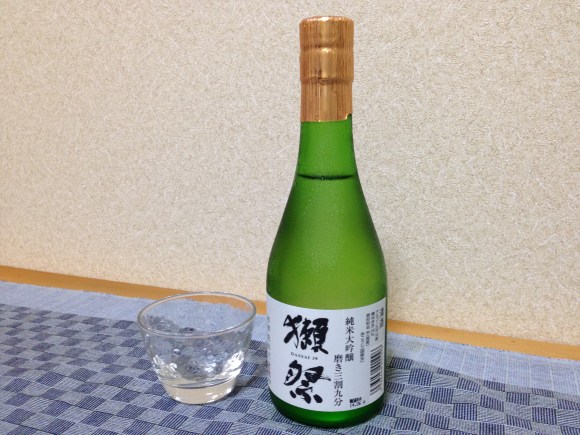
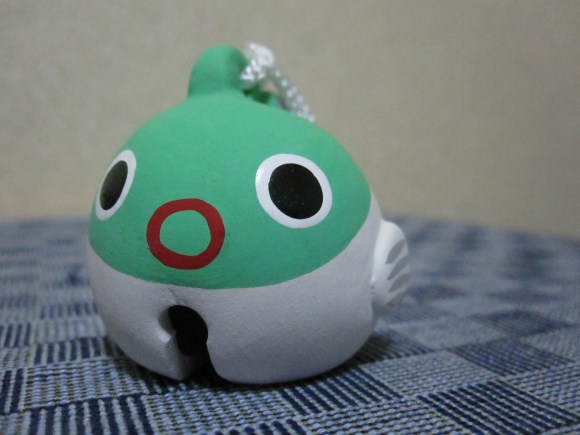
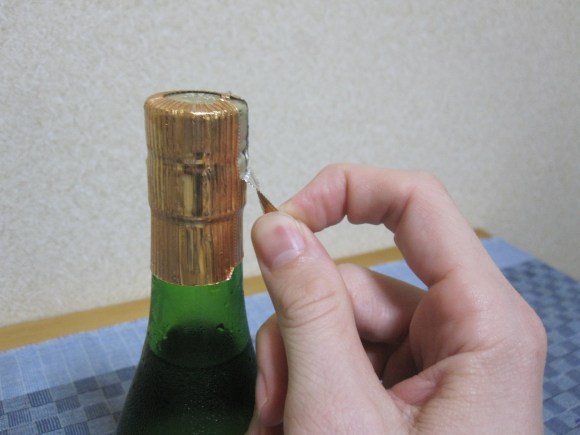
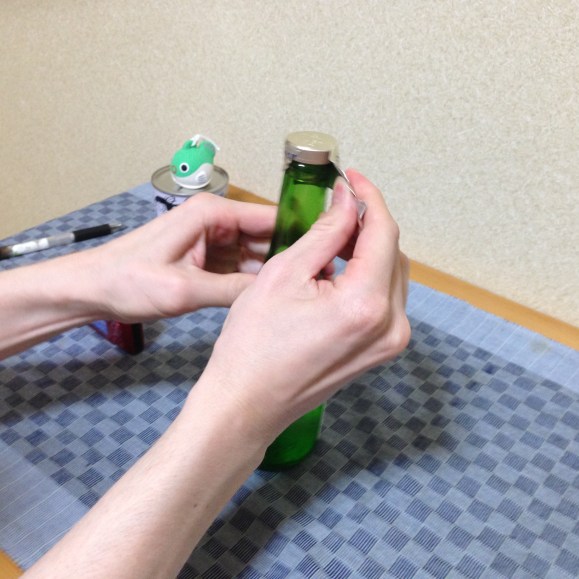

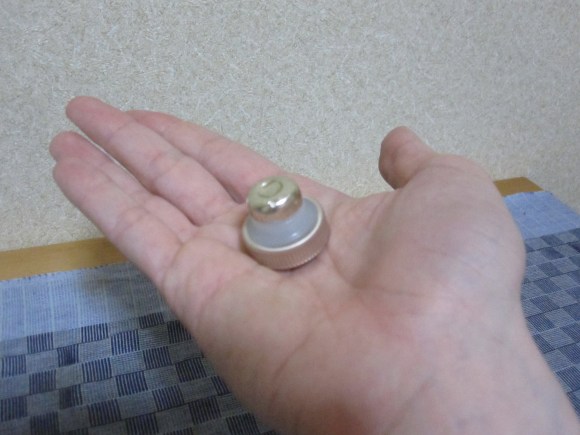
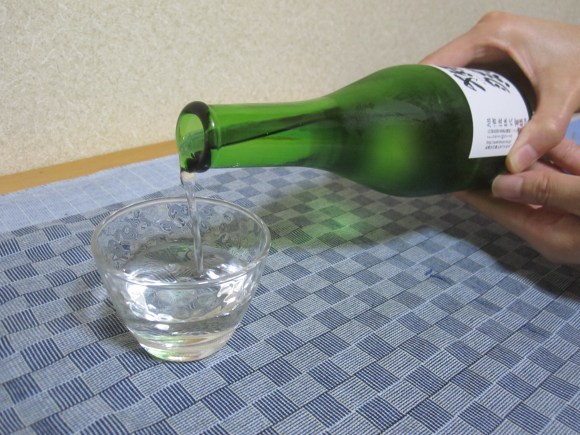
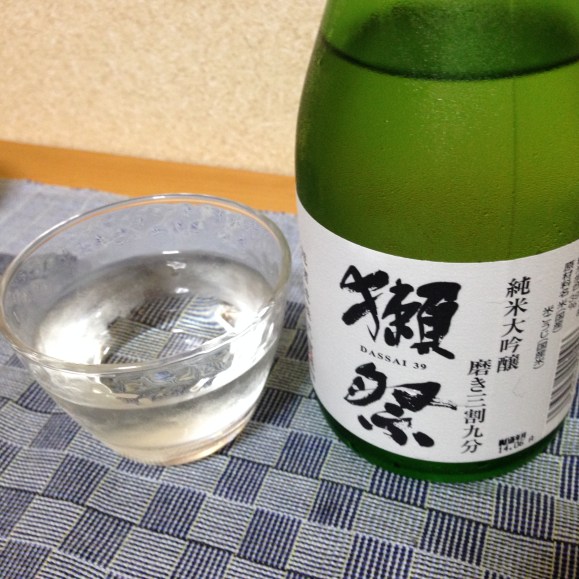
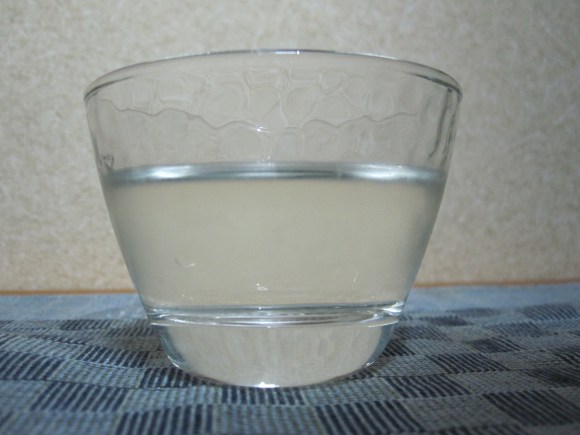

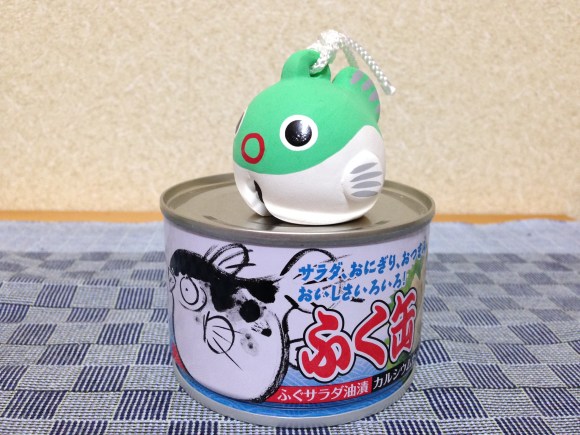
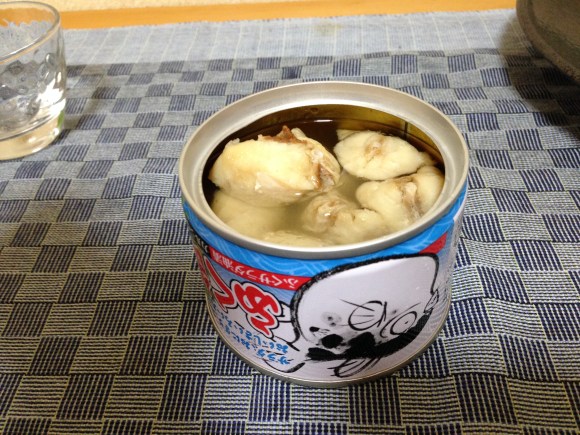

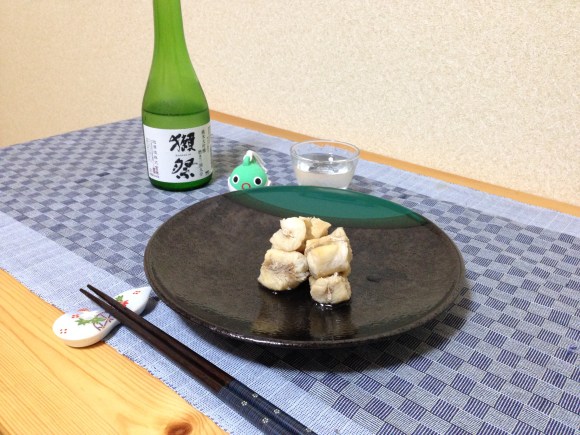
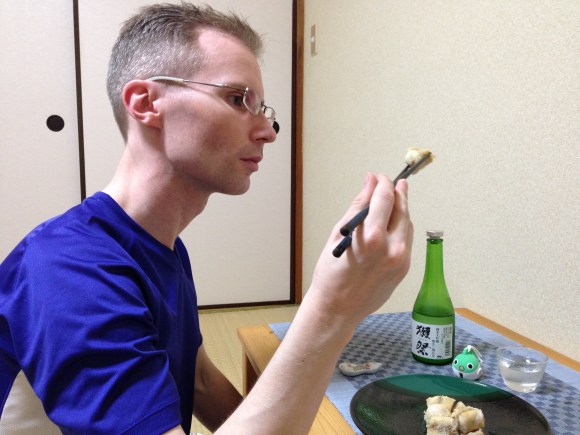
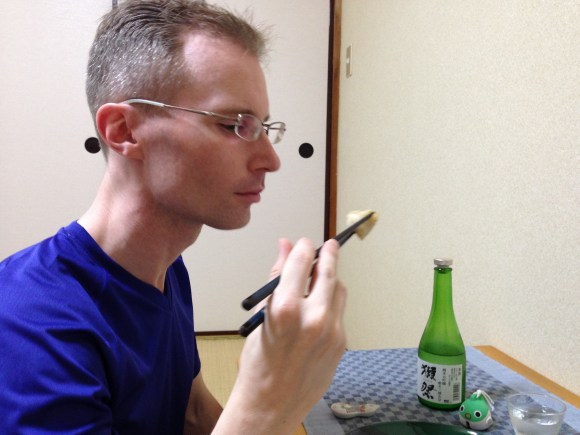
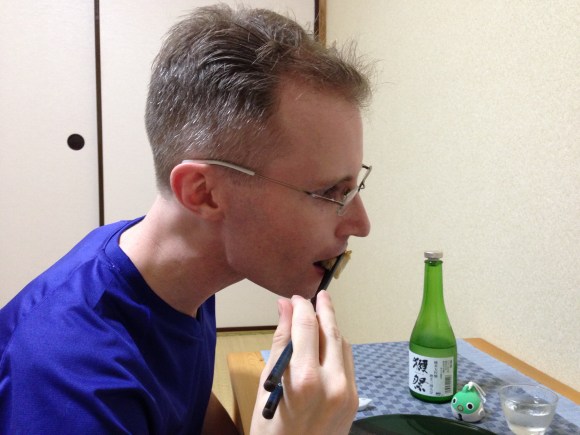
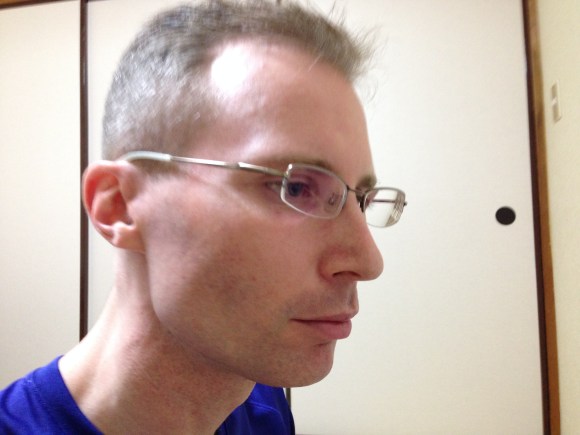

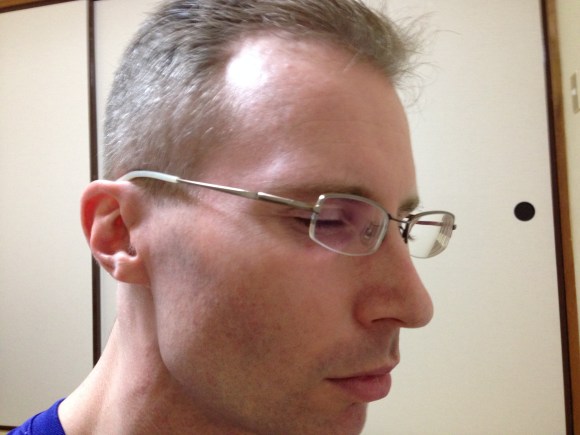

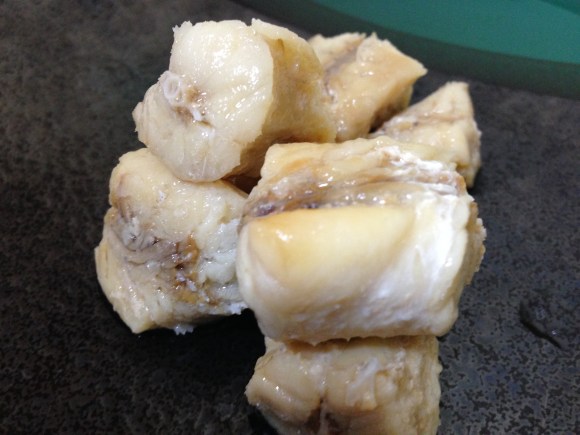
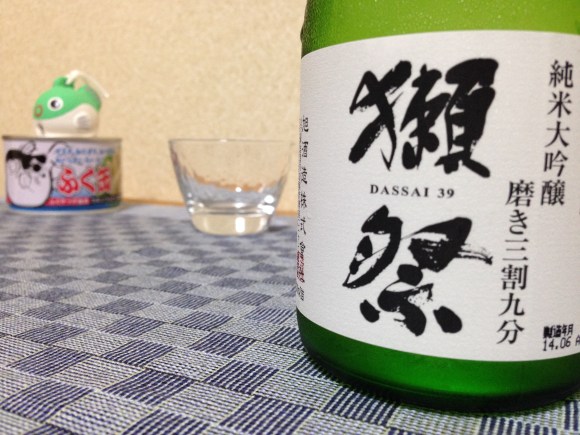
 Japan’s most popular sake brand runs full-page ad asking people to stop paying so much for it
Japan’s most popular sake brand runs full-page ad asking people to stop paying so much for it You can now visit Evangelion’s Misato’s apartment dining room in real-life Tokyo
You can now visit Evangelion’s Misato’s apartment dining room in real-life Tokyo Real-life sake brands become handsome anime boys who promise to “get you drunk” for new series
Real-life sake brands become handsome anime boys who promise to “get you drunk” for new series Now you can have karinto crackers flavored with popular sake Dassai!
Now you can have karinto crackers flavored with popular sake Dassai! Dassai sake matcha truffles bring two esteemed Japanese companies together for limited time
Dassai sake matcha truffles bring two esteemed Japanese companies together for limited time McDonald’s new Happy Meals offer up cute and practical Sanrio lifestyle goods
McDonald’s new Happy Meals offer up cute and practical Sanrio lifestyle goods All-you-can-drink Starbucks and amazing views part of Tokyo’s new 170 meter-high sky lounge
All-you-can-drink Starbucks and amazing views part of Tokyo’s new 170 meter-high sky lounge Studio Ghibli glasses cases let anime characters keep an eye on your spectacles
Studio Ghibli glasses cases let anime characters keep an eye on your spectacles Studio Ghibli releases new action figures featuring Nausicaä of the Valley of the Wind characters
Studio Ghibli releases new action figures featuring Nausicaä of the Valley of the Wind characters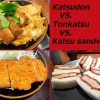 Katsudon vs. tonkatsu vs. katsu sandwich – What’s the best way to eat pork cutlet in Japan?
Katsudon vs. tonkatsu vs. katsu sandwich – What’s the best way to eat pork cutlet in Japan? Starbucks reopens at Shibuya Scramble Crossing with new look and design concept
Starbucks reopens at Shibuya Scramble Crossing with new look and design concept Super Nintendo World expansion gets delayed for several months at Universal Studios Japan
Super Nintendo World expansion gets delayed for several months at Universal Studios Japan Beautiful Sailor Moon manhole cover coasters being given out for free by Tokyo tourist center
Beautiful Sailor Moon manhole cover coasters being given out for free by Tokyo tourist center More foreign tourists than ever before in history visited Japan last month
More foreign tourists than ever before in history visited Japan last month The oldest tunnel in Japan is believed to be haunted, and strange things happen when we go there
The oldest tunnel in Japan is believed to be haunted, and strange things happen when we go there Disney princesses get official manga makeovers for Manga Princess Cafe opening in Tokyo
Disney princesses get official manga makeovers for Manga Princess Cafe opening in Tokyo Beautiful new Final Fantasy T-shirt collection on the way from Uniqlo【Photos】
Beautiful new Final Fantasy T-shirt collection on the way from Uniqlo【Photos】 Is the new Shinkansen Train Desk ticket worth it?
Is the new Shinkansen Train Desk ticket worth it? Foreign English teachers in Japan pick their favorite Japanese-language phrases【Survey】
Foreign English teachers in Japan pick their favorite Japanese-language phrases【Survey】 Studio Ghibli releases Kiki’s Delivery Service chocolate cake pouches in Japan
Studio Ghibli releases Kiki’s Delivery Service chocolate cake pouches in Japan Japan’s bone-breaking and record-breaking roller coaster is permanently shutting down
Japan’s bone-breaking and record-breaking roller coaster is permanently shutting down New definition of “Japanese whiskey” goes into effect to prevent fakes from fooling overseas buyers
New definition of “Japanese whiskey” goes into effect to prevent fakes from fooling overseas buyers Our Japanese reporter visits Costco in the U.S., finds super American and very Japanese things
Our Japanese reporter visits Costco in the U.S., finds super American and very Japanese things Studio Ghibli unveils Mother’s Day gift set that captures the love in My Neighbour Totoro
Studio Ghibli unveils Mother’s Day gift set that captures the love in My Neighbour Totoro Domino’s Japan now sells…pizza ears?
Domino’s Japan now sells…pizza ears? New Japanese KitKat flavour stars Sanrio characters, including Hello Kitty
New Japanese KitKat flavour stars Sanrio characters, including Hello Kitty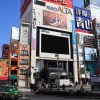 One of Tokyo’s most famous meeting-spot landmarks is closing for good
One of Tokyo’s most famous meeting-spot landmarks is closing for good Kyoto creates new for-tourist buses to address overtourism with higher prices, faster rides
Kyoto creates new for-tourist buses to address overtourism with higher prices, faster rides Sales of Japan’s most convenient train ticket/shopping payment cards suspended indefinitely
Sales of Japan’s most convenient train ticket/shopping payment cards suspended indefinitely Sold-out Studio Ghibli desktop humidifiers are back so Totoro can help you through the dry season
Sold-out Studio Ghibli desktop humidifiers are back so Totoro can help you through the dry season Japanese government to make first change to romanization spelling rules since the 1950s
Japanese government to make first change to romanization spelling rules since the 1950s Ghibli founders Toshio Suzuki and Hayao Miyazaki contribute to Japanese whisky Totoro label design
Ghibli founders Toshio Suzuki and Hayao Miyazaki contribute to Japanese whisky Totoro label design Doraemon found buried at sea as scene from 1993 anime becomes real life【Photos】
Doraemon found buried at sea as scene from 1993 anime becomes real life【Photos】 Tokyo’s most famous Starbucks is closed
Tokyo’s most famous Starbucks is closed One Piece characters’ nationalities revealed, but fans have mixed opinions
One Piece characters’ nationalities revealed, but fans have mixed opinions We asked a Uniqlo employee what four things we should buy and their suggestions didn’t disappoint
We asked a Uniqlo employee what four things we should buy and their suggestions didn’t disappoint Princesses, fruits, and blacksmiths: Study reveals the 30 most unusual family names in Japan
Princesses, fruits, and blacksmiths: Study reveals the 30 most unusual family names in Japan Sake brand Dassai increases workers’ starting pay by over 40 percent, pledges to double salaries
Sake brand Dassai increases workers’ starting pay by over 40 percent, pledges to double salaries Alcoholic sake butter appears in Japan
Alcoholic sake butter appears in Japan Mos Burger x Dassai sweet sake collaboration expands with new rice burgers and a konjac drink
Mos Burger x Dassai sweet sake collaboration expands with new rice burgers and a konjac drink Don’t know which sake to drink? These handy flavor charts help you pick by region of Japan
Don’t know which sake to drink? These handy flavor charts help you pick by region of Japan Hit anime Your Name inspires new sake, blessed by priests in the shrine that appears in the movie
Hit anime Your Name inspires new sake, blessed by priests in the shrine that appears in the movie The secret blowfish auction — trading for deadly but tasty fugu 【Video】
The secret blowfish auction — trading for deadly but tasty fugu 【Video】 Foo Fighters unveil an exclusive new Japanese sake
Foo Fighters unveil an exclusive new Japanese sake Why is it so hard to find hot sake in convenience stores in Japan?
Why is it so hard to find hot sake in convenience stores in Japan? Ghost in the Shell sake salutes three anime cyberpunk heroes with three different flavors
Ghost in the Shell sake salutes three anime cyberpunk heroes with three different flavors Take a look at Tsunoshima Ōhashi, one of the most beautiful bridges in Japan! 【Pics】
Take a look at Tsunoshima Ōhashi, one of the most beautiful bridges in Japan! 【Pics】 Japan has new sake Kit Kats produced by a 393-year-old Hyogo sake brewer
Japan has new sake Kit Kats produced by a 393-year-old Hyogo sake brewer Dirt cheap all-you-can-drink sake sampler in Tokyo saves us money plus a trip to Akita
Dirt cheap all-you-can-drink sake sampler in Tokyo saves us money plus a trip to Akita 348-year-old sake brewery’s newest creation: A special sake just to drink with ramen!
348-year-old sake brewery’s newest creation: A special sake just to drink with ramen! You can now get fugu, Japan’s poisonous blowfish, for under a buck at revolving sushi restaurants
You can now get fugu, Japan’s poisonous blowfish, for under a buck at revolving sushi restaurants Outdoor brand Logos teams up with Aichi sake brewery to make your camping more boozy
Outdoor brand Logos teams up with Aichi sake brewery to make your camping more boozy Local Japanese coffee business teams up with local sake brewers to make Sake Coffee drip packs
Local Japanese coffee business teams up with local sake brewers to make Sake Coffee drip packs
Leave a Reply